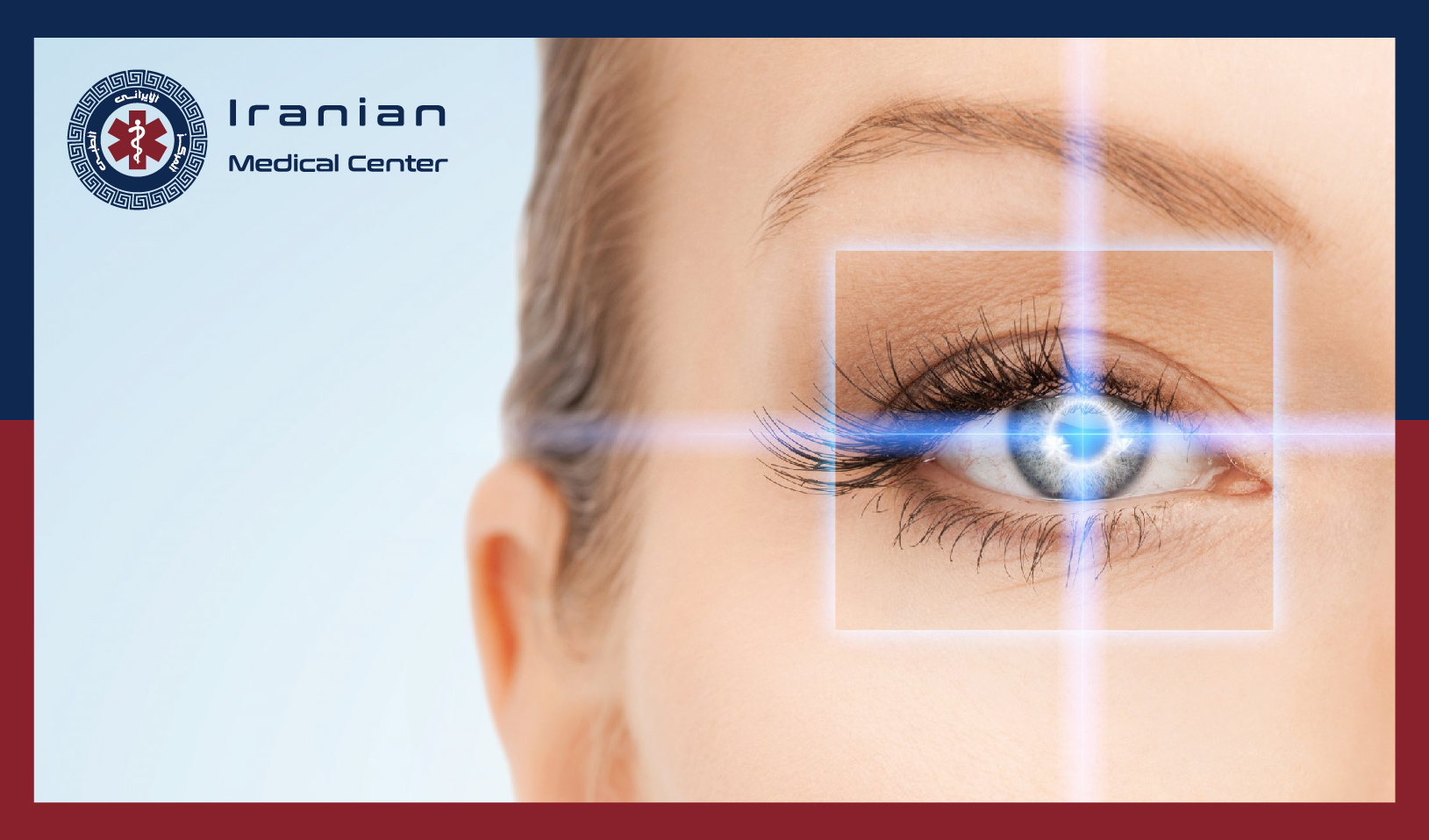
A New Vision: Guide to Eye Surgery and Laser in Qatar
Improving vision and achieving clear vision without the need for glasses or contact lenses is a dream of many people. This issue is of great importance in Qatar, as in many other parts of the world.Improving vision and achieving clear vision without the need for glasses or contact lenses is a dream of many people. This issue is of great importance in Qatar, as in many other parts of the world. "Eyeglasses removal in Qatar", "eye surgery" and "eye laser" are keywords that are important not only to people who are looking to improve their vision, but also to those who are looking for advanced and modern solutions in this field. have. With the development of advanced technologies in the field of ophthalmology, new possibilities have been provided for people who want to live without dependence on glasses or lenses. In this article, we will comprehensively review these new and effective methods.
The anatomy of the human eye is designed to allow focusing on objects and understanding clear images. Light passes through the cornea, the clear surface of the front of the eye, and is focused through the lens to create a clear image on the retina, the light-sensitive layer at the back of the eye. The retina contains cells that convert light into electrical signals, and these signals reach the brain through the optic nerve.
The need for glasses occurs when the eye is unable to accurately focus light on the retina. These problems can include nearsightedness (shortsightedness), farsightedness (longsightedness), and astigmatism. In myopia, the eye focuses the image in front of the retina, while in hyperopia, the image is focused behind the retina. Astigmatism is caused by the distortion of the shape of the cornea, which causes blurry and crooked images. Glasses or contact lenses help correct these defects by changing the direction of light entering the eye and create a clear image on the retina.
In the advanced world of ophthalmology, there are many options for vision correction surgeries. Three common procedures are LASIK, LASEK, and Femto-LASIK. Each of these methods has its own advantages and disadvantages:
1. LASIK: This method involves creating a thin layer in the cornea and then correcting the shape of the cornea with a laser. Its short period includes recovery period and little or no pain. However, its disadvantages can include side effects such as dry eyes.
2. LASEK: In this method, LASIK, instead of creating a layer, the surface of the cornea is gently softened and then corrected with a laser. This method is suitable for people with thin cornea and there is a risk of damaging the cornea. However, the recovery period can be longer.
3. Femto-LASIK: This is an advanced version of LASIK in which a femtosecond laser is used to create a layer in the cornea. This method is more accurate and has less risk of damaging the cornea than conventional LASIK. Its features include high accuracy and a quick recovery period, but it is usually more expensive.
Choosing the right method depends on several factors, such as the condition of the cornea, age, lifestyle, and the patient's expectations. Consultation with an eye specialist before deciding to choose the best option.
In the field of laser vision treatments, there are several options with different technologies, each of which has its own uses and differences:
1. LASIK: This method is the most popular form of laser treatment. In LASIK, a thin layer of the cornea is first removed using a microkeratome or femtosecond laser. Then, using an excimer laser, the cornea is modified and the corneal layer is repositioned. This method is suitable for correcting myopia, farsightedness and astigmatism.
2. PRK (Photorefractive Keratectomy): In this method, instead of removing the corneal layer, its outer surface (epithelium) is removed and then the cornea is modified with an excimer laser. PRK is suitable for people with thin corneas or jobs where the risk of corneal damage is high.
3. Femtosecond Laser: This method, which is also used in femtolysis, uses an ultra-fast laser to make precise cuts in the cornea. This technique is highly accurate and allows more accurate correction of the cornea.
4. SMILE (Small Incision Lenticule Extraction): This new method, which rarely requires a large incision in the cornea, uses a femtosecond laser to create a lenticule (a small piece of the cornea) and then remove it through a small incision. . SMILE is used to treat myopia and astigmatism.
Each of these methods has its own advantages and limitations, and choosing the most suitable method depends on the vision condition, the condition of the cornea, and the specific needs of each person. A consultation with an experienced ophthalmologist can help determine the best option for each patient.
When comparing surgery and laser vision correction, several key factors are considered, such as effectiveness, risk, and recovery time:
1. Effectiveness: Both methods, namely surgery (such as LASIK, LASIK, and Femtolysik) and laser (such as PRK and SMILE), are effective in correcting a variety of vision problems such as myopia, farsightedness, and astigmatism. But choosing the best method depends on the specific condition of each patient's eyes.
2. Risks: Eye surgeries such as LASIK and Femtolysis are less risky due to the use of precise and controlled incisions. In contrast, laser procedures such as PRK may have slightly more risks due to the need to remove the outer layers of the cornea.
3. Recovery Time: Recovery time for surgical procedures like LASIK is usually shorter and patients can expect to return to their normal activities within a few days. In contrast, laser procedures such as PRK may require a longer recovery period because the cornea must have enough time to repair itself.
Finally, the choice between surgery and laser should be made according to the needs and vision conditions of each person and with the careful consultation of an ophthalmologist.